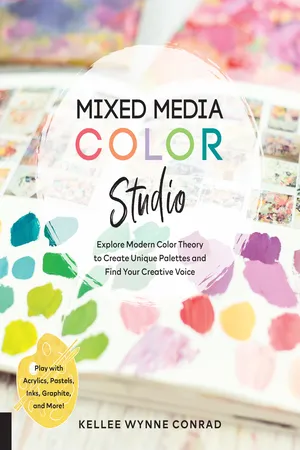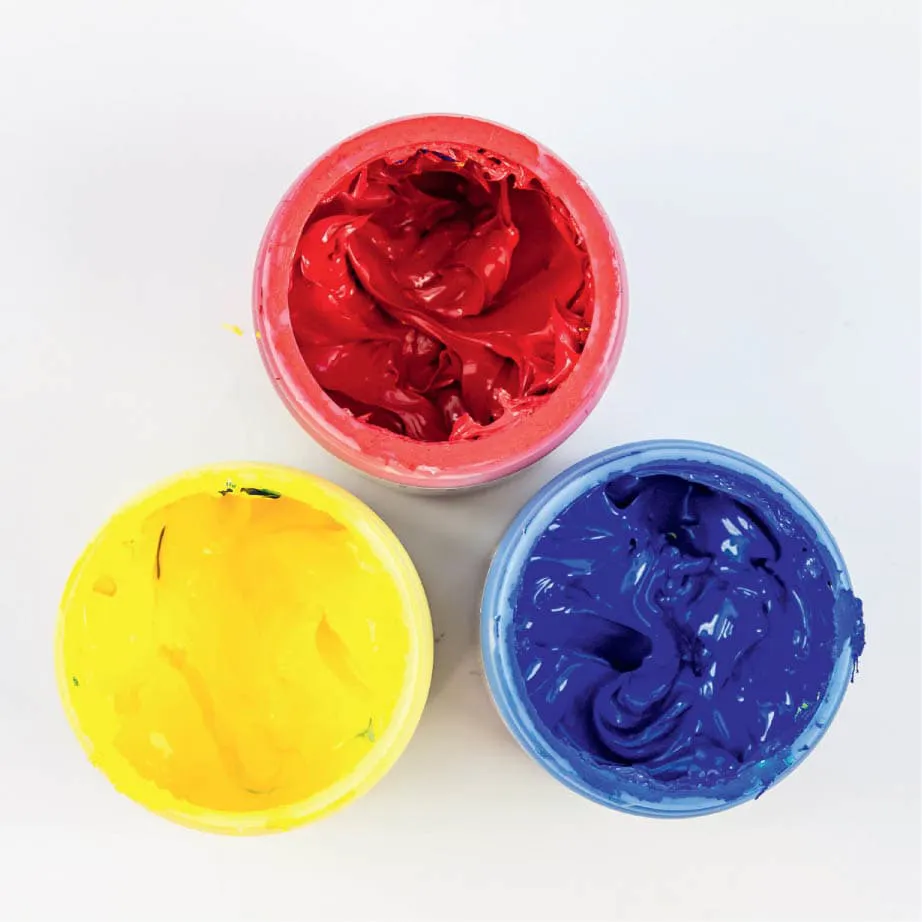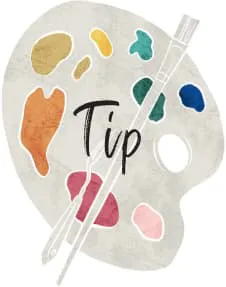
Mixed Media Color Studio
Explore Modern Color Theory to Create Unique Palettes and Find Your Creative Voice--Play with Acrylics, Pastels, Inks, Graphite, and More
- 128 pages
- English
- ePUB (mobile friendly)
- Available on iOS & Android
Mixed Media Color Studio
Explore Modern Color Theory to Create Unique Palettes and Find Your Creative Voice--Play with Acrylics, Pastels, Inks, Graphite, and More
About this book
Discover innovative painting and mixed-media art techniques the most inspired way possible: through rainbows of color!
In Mixed Media Color Studio, you’ll learn color and design ideas that will boost your creative intuition. Based on Kellee Wynne Conrad’s popular former online True Colors Art Program, the lessons include color explorations designed to strengthen skills and confidence.
You’ll learn how to develop your own unique style using acrylic paint, pastels, graphite, ink, and more. See how to mix colors to make signature palettes and get inspired to try new, exciting combinations of colors, materials, and methods that will take your artwork and imagination further.
The imaginative projects include expert information on how to work with colors to evoke moods, emotions, and energy for dynamic landscapes, calming seascapes, vibrant abstract florals, layered architectural pieces, and much more. Discover easy techniques that add texture, details, and interest to your artwork.
As with the original True Colors program, guest artists contribute exciting artwork, creating an expanded artistic repertoire filled with fresh styles and ideas.
Mixed Media Color Studio also includes:
- How to create texture with a variety of mediums and tools
- Ideas for creating your own decorate collage papers using gel plate printing techniques
- Simple techniques for mixing compelling color palettes
- Tips for overcoming the fear of the blank page
- How to expand creativity and boost confidence by making art in an array of styles
- Easy ways to create pleasing compositions
Dive into this incredible world of color and allow your creativity to flow!
Frequently asked questions
- Essential is ideal for learners and professionals who enjoy exploring a wide range of subjects. Access the Essential Library with 800,000+ trusted titles and best-sellers across business, personal growth, and the humanities. Includes unlimited reading time and Standard Read Aloud voice.
- Complete: Perfect for advanced learners and researchers needing full, unrestricted access. Unlock 1.4M+ books across hundreds of subjects, including academic and specialized titles. The Complete Plan also includes advanced features like Premium Read Aloud and Research Assistant.
Please note we cannot support devices running on iOS 13 and Android 7 or earlier. Learn more about using the app.
Information
1
SUPPLIES

MY FAVORITE SUPPLIES FOR MAKING A COLORFUL IMPACT
Acrylic Paint

- The basic formula for acrylic paint is pigment plus an acrylic binder. Start with the best paint that fits your budget. Higher-quality paints contain more pigment and higher-quality binders, so colors are more saturated and cover more surface. These paints have better permanence or lightfastness over time, so your work won’t fade. I can’t say this enough: You will improve faster and be happier with the results by using better paint. I like Golden® Acrylic Paints for their quality and color selection.
- Student-grade paints generally offer less coverage because they have less pigment, and the colors tend to become darker as they dry. The binder is often weaker or has fillers that can leave your painting dry and chalky. But, sometimes cheaper paint is good for creating the first layers of large-scale works. I mix and match brands as needed, since all acrylic paints can be mixed.
- If you’re on a budget, start with the three colors needed for modern color theory: primary cyan, primary yellow, and primary magenta, plus titanium white. You can always add more colors as you discover your signature palette, but having every color is never necessary when you know how to mix them.
- Paint viscosity refers to a paint’s thickness, which affects how it flows. Heavy-body paint is thicker, offering painterly and often textured results. Fluid paint is more like heavy cream and can work as either a thin wash or for watercolor effects. Both can have the same pigment load, since only the binder is different.



Acrylic Mediums
- Gesso: Traditionally used as a base for painting, gesso is made from a combination of pigment, chalk, and binder. Gesso prepares substrates, such as canvas or wood panels, for paint and other mediums. I use it as a substitute for white paint because it’s fluid and opaque. Gesso also comes in a number of colors, as well as clear, which I use on unfinished wood so that the wood grain becomes part of my art.
- Heavy-body matte gel medium: Heavy-body gel medium is thicker than regular gel medium and may be blended with paint to create texture. It’s my preferred adhesive for collage because it has a low moisture content and is less likely to wrinkle paper.
- Fluid (or regular) matte medium: This is a pourable medium that can be used for extending the dry time of paint and for decreasing its sheen. It can also be used as an adhesive for collage.
- Texture mediums: This category includes molding paste, crackle paste, glass bead gel, and tar gel—all mediums that will add texture to your artwork. Each has unique properties and can be blended with paint. The best way to become familiar with these mediums is to just play with them.
- Fixative: I prefer the brand SpectraFix. Unlike other potentially toxic fixatives, this one (made with casein, water, and alcohol) is low odor and can be used indoors. It seals and protects artwork and is especially useful for preventing graphite, pastel, and charcoal from smearing before adding an additional layer.
- GAC 100: This medium can be used for thinning or extending colors and for increasing the flexibility of paint. It is made from the same acrylic polymer base th...
Table of contents
- Cover
- Title Page
- Contents
- Introduction
- 1 Supplies
- 2 Discovering Your Signature Color Palette
- 3 Modern Color Theory
- 4 Palettes and Projects
- Final Thoughts
- Acknowledgments
- About the Author
- Index
- Dedication
- Copyright